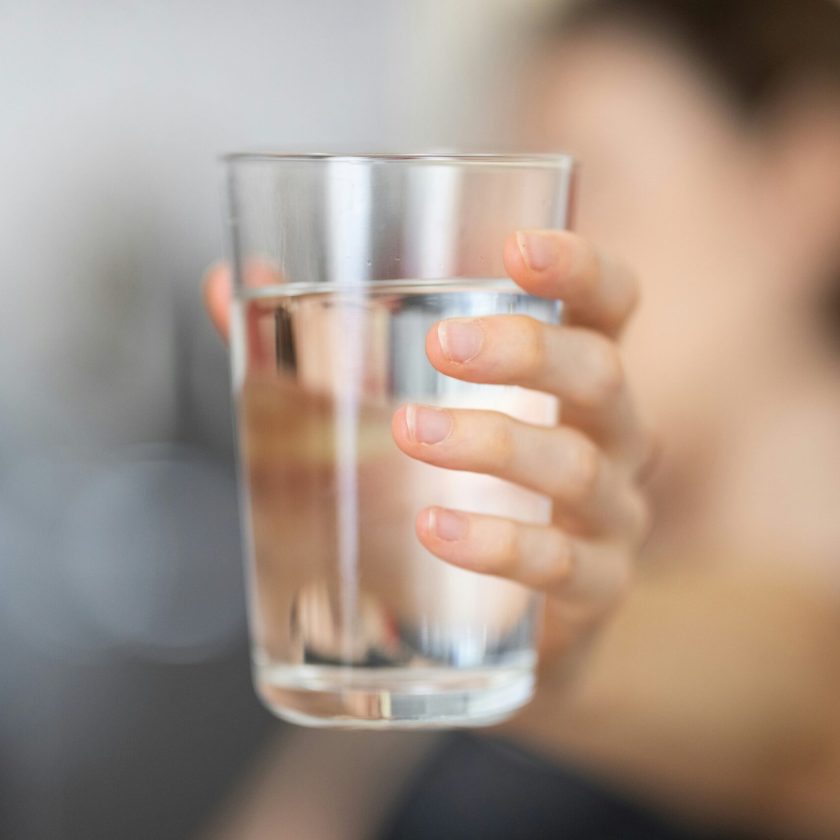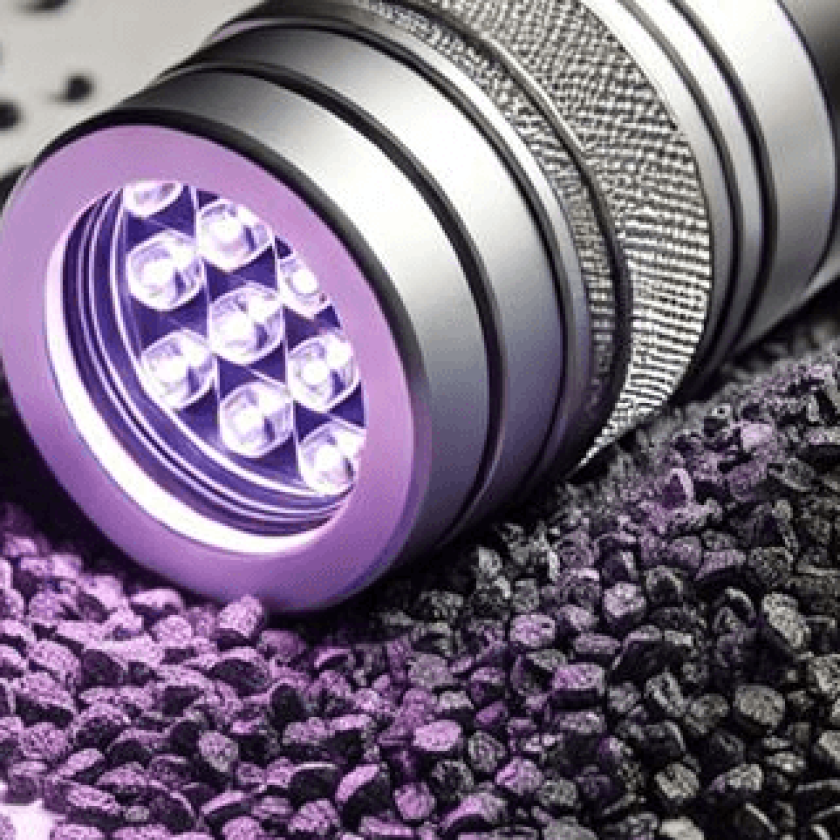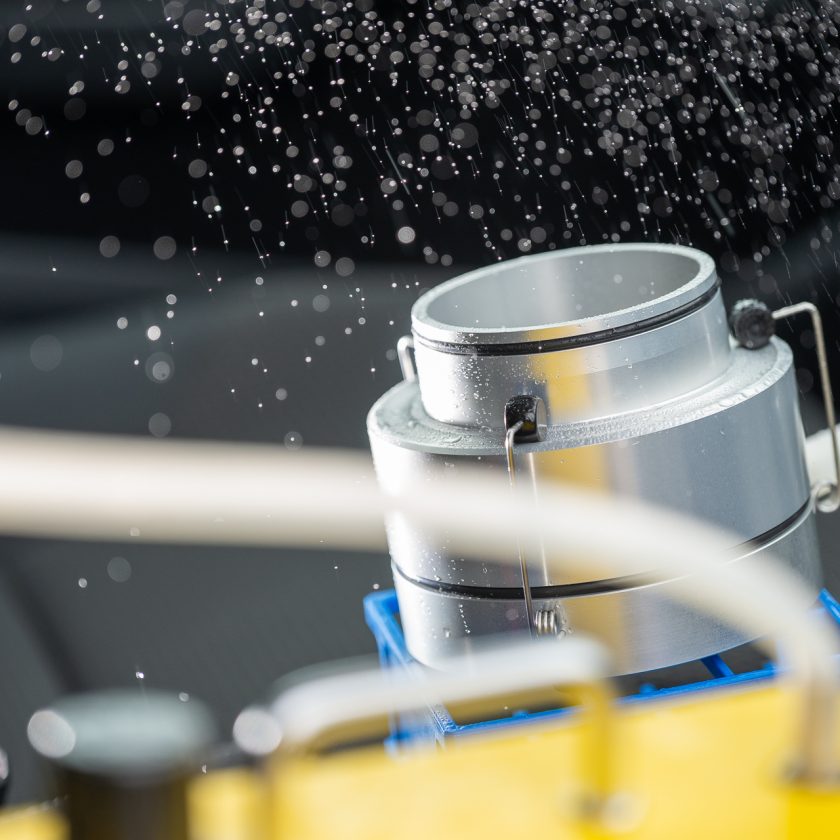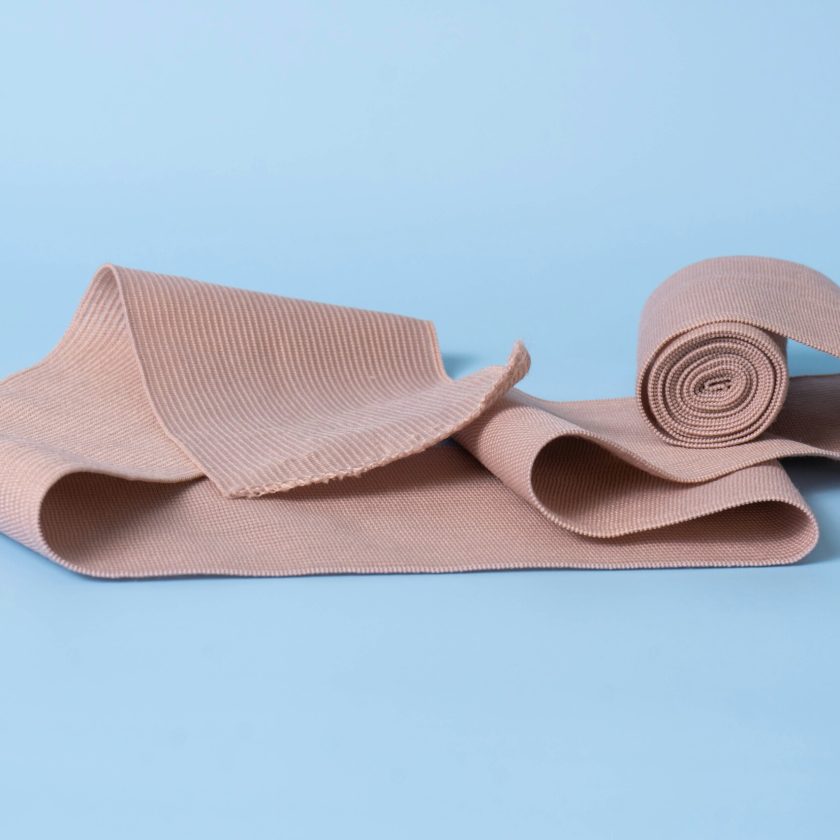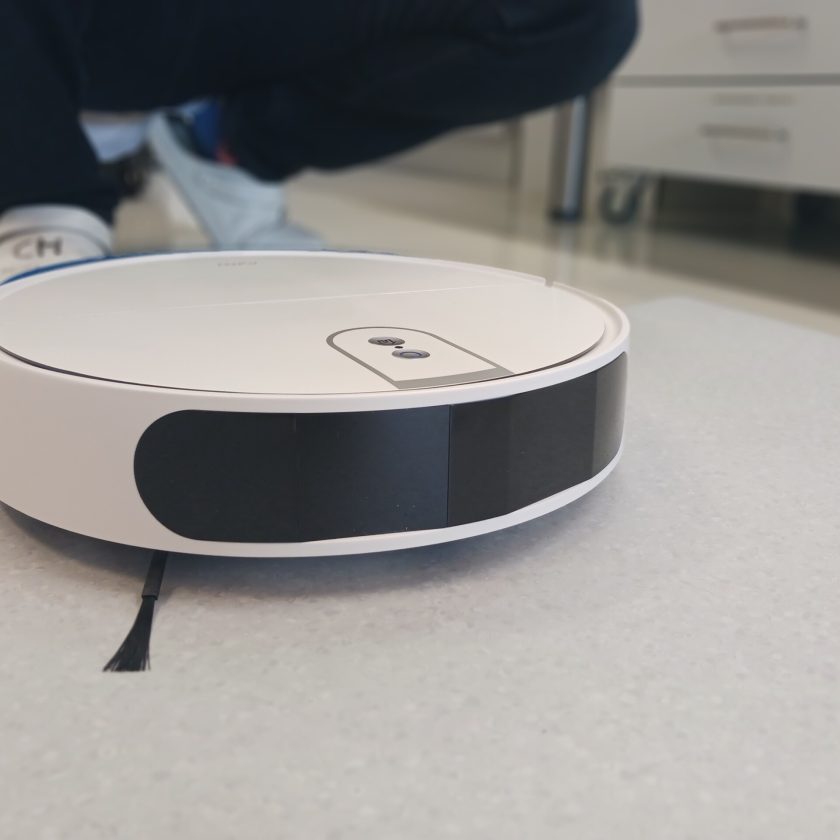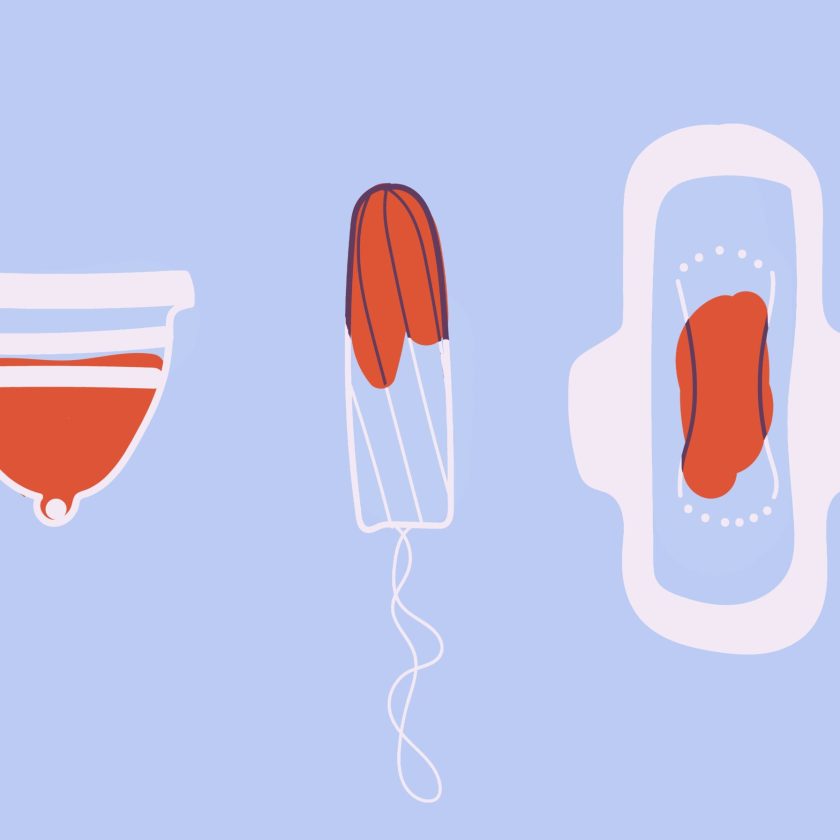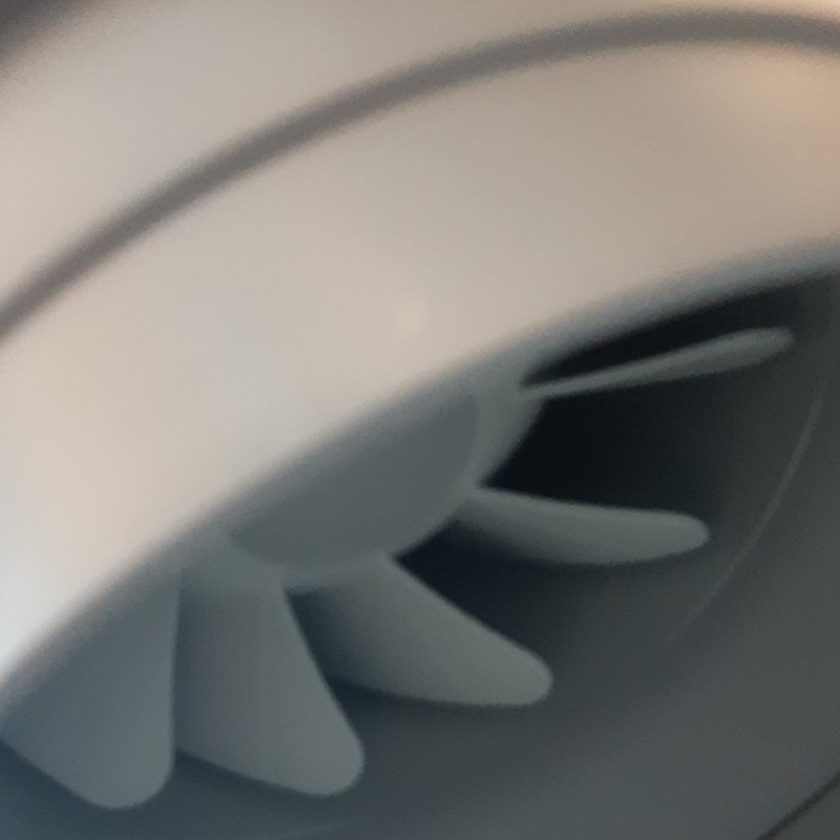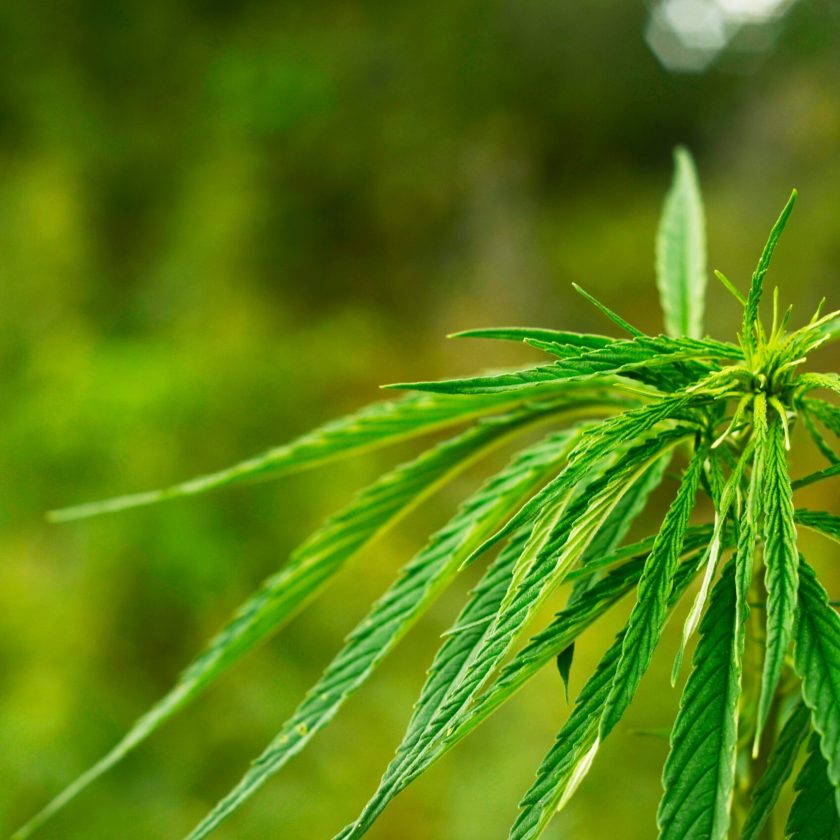Extractables & Leachables (E&L)
Many material conformance tests are dependent on the existence of a recipe. In contrast, the risk assessment of unspecified plastics is like looking for a needle in a haystack!
In order to be able to estimate the actual hazard potential, it is necessary to record as many substances as possible that migrate from the plastic into the product. Only on the basis of such broad screening can the risk of overlooking a toxic hazard potential be minimized.
In the first part, the Extractables study, all substances are recorded which, in a worst-case scenario, can be extracted from the packaging material. In the second part, the leachables study, those substances are recorded that migrate from the packaging material into the preparation under real conditions.
In extractables studies, the plastics are typically subjected to extractions with 2-3 solvents of different polarity, such as water, ethanol, and dichloromethane. In addition, different extraction methods are used, such as Soxhlet plus ultrasonic extraction, to detect any changes caused by the extraction itself. Typically, hydrolysis of carboxylic acid esters occurs, for example, after which the corresponding acid must also be taken into account. Other common extraction methods include reflux, high pressure liquid extraction, or microwave.
The solvent and extraction method are selected in such a way that they result in a worst-case scenario of the actual application area with regard to the chemical parameters. Finally, those substances that could be possible leachables will be identified. For example, it is very unlikely that extremely lipophilic substances will migrate into a purely aqueous solution.
In the risk assessment – if necessary combined with a simulation study with the real product – a narrowing down of the possible leachables to the probable leachables is finally performed.
If leachables of concern are derivable, leachables studies are conducted over the storage period of the stability studies of the pharmaceutical product. The investigation over the entire storage period is necessary because the behavior of polymers can change during the life cycle. In the context of a storage period of 24 months and more, polymers age and can release e.g. additives and other substances more easily than immediately after their production. Likewise, reaction products of residual monomers and other substances can form, which only become detectable after a longer period of time.
Chromatography provides answers
Extracts are typically analyzed by chromatographic methods, HPLC and GC, usually using a combination of detectors. A 100% detection of all substances is not possible per se, since each substance is only visible with a limited number of detectors. By using multiple detectors, this risk is minimized. Thus, typically both UV/VIS and MS are used with HPLC, and FID and MS are used with GC.
Headspace GC-MS can also be used as a direct analytical method, in which the plastic is heated in a closed system and those substances that migrate from the material into the gas phase are measured.
More important than ever is the structural elucidation of the detected compounds in order to assess possible toxic hazard potential. High-resolution mass spectrometry is primarily used for this purpose. Nevertheless, the question often arises in practice as to which of the possible structural proposals is correct. And often an assignment is only possible if the manufacturer provides the formulation, and from this one can relate the degradation reactions of the additives to the detected extractables.
Possible heavy metals must not be forgotten either; ICP-MS or ICP-OES have proved particularly useful here. In some cases, analysis for elemental ions may also be necessary, which is performed using ion chromatography.
“The dose makes the poison”
In order to be able to estimate the actual hazard potential, risk analyses are carried out for the individual study sections. These include the probability of migration as well as the toxicological potential. This is usually dependent on the concentration, so that fundamentally a limit value must be set for the leachables. Because you can always find Leachables in tracks. This is only a question of the detection limit. It is therefore of crucial importance to know the amount of product absorbed per unit of time, e.g., the application schedule of drugs. High-risk substances, such as carcinogens, must be considered separately in the evaluation. Here, the lowest possible detection limit is crucial in order to detect even the smallest amounts and minimize health risks for the patient.
